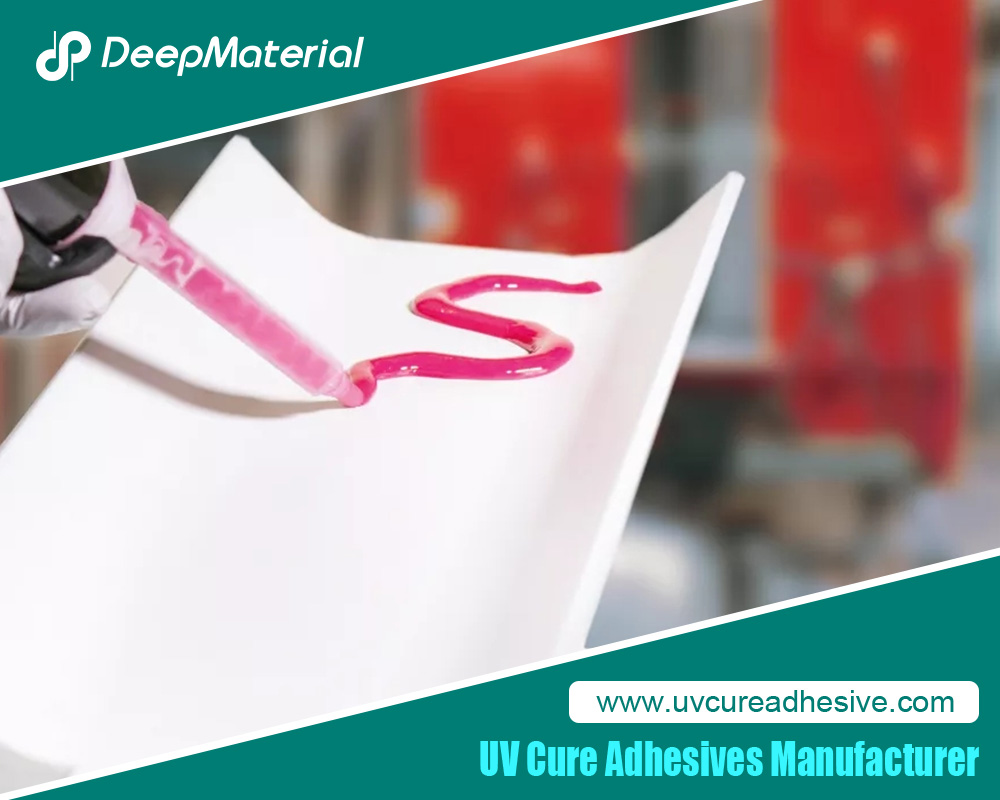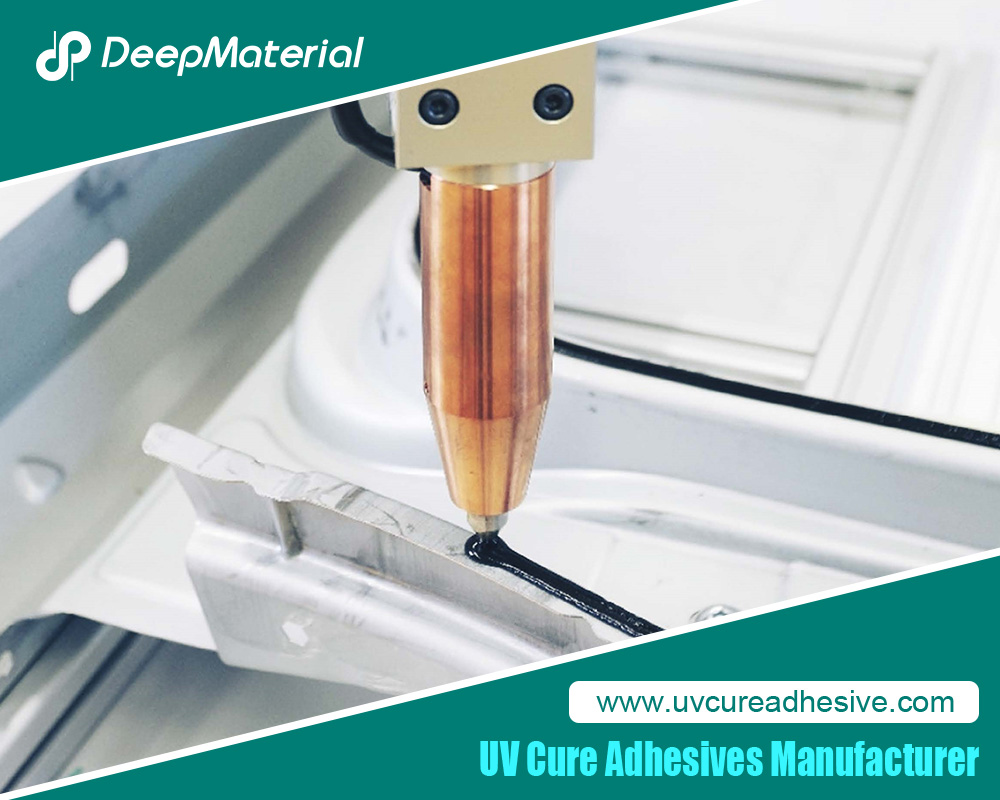Understanding Low Viscosity UV Adhesives: A Comprehensive Guide
Due to their unique properties and versatility, low-viscosity UV adhesives have become increasingly important in various industrial applications. This comprehensive guide explores these adhesives’ nature, benefits, applications, and critical considerations for their use. By understanding these factors, businesses and professionals can make informed decisions about incorporating them into their processes.
What Are Low Viscosity UV Adhesives?
Low-viscosity UV adhesives are specialized adhesives that cure adhesives upon exposure to ultraviolet (UV) light. “Low viscosity” refers to the adhesive’s fluid-like consistency, allowing it to flow easily and penetrate acceptable gaps or surfaces. This characteristic makes these adhesives particularly useful in applications requiring precision and high bond strength.
Key Characteristics
- Low Viscosity: These adhesives have a thin consistency, which facilitates their use in applications requiring detailed work or satisfactory bonding. Their low viscosity allows them to fill gaps and adhere to intricate parts quickly.
- UV Curing: Low-viscosity UV adhesives cure when exposed to UV light, typically 200-400 nm. This curing process is rapid and efficient, reducing the time required for bonding compared to traditional adhesives that rely on air drying or heat.
- Clear and Transparent: Many low-viscosity UV adhesives are formulated to be clear or transparent, making them suitable for applications where aesthetics are important, such as optical and electronic components.
Benefits of Low Viscosity UV Adhesives
Low-viscosity UV adhesives offer several advantages that make them attractive choices for various applications. Understanding these benefits can help businesses and individuals select the right adhesive for their needs.
Rapid Curing Time
One of the most significant benefits of low-viscosity UV adhesives is their rapid curing time. The curing process begins immediately upon exposure to UV light, and the adhesive can achieve full strength within seconds to minutes. This quick curing reduces production time and increases efficiency in manufacturing processes.
Superior Bond Strength
Despite their thin consistency, low-viscosity UV adhesives offer exceptional bond strength. They create strong and durable bonds on various materials, including glass, plastics, metals, and ceramics. This strong adhesion is critical in applications where reliability and longevity are crucial.
Enhanced Precision and Control
The low viscosity of these adhesives allows for precise application and control. They can flow into small gaps and intricate designs, ensuring complete coverage and strong bonding. This precision makes them ideal for electronic assemblies, medical devices, and other high-tech applications.
Minimal Shrinkage
Low-viscosity UV adhesives typically exhibit minimal shrinkage during the curing process. This characteristic helps maintain the integrity and dimensional accuracy of the bonded components, reducing the risk of warping or distortion.
Versatility
These highly versatile adhesives can be used in various industries and applications. They are commonly used in electronics, automotive, medical devices, and optical sectors due to their ability to bond different materials effectively.
Applications of Low Viscosity UV Adhesives
Low-viscosity UV adhesives are employed in various applications across different industries. Their ability to provide robust, precise, and rapid bonding makes them valuable in numerous settings.
Electronics
In the electronics industry, low-viscosity UV adhesives bond and encapsulate delicate electronic components. Their ability to quickly flow into small gaps and cure makes them ideal for assembling circuit boards, securing components, and protecting sensitive parts from moisture and contaminants.
Automotive
Automotive manufacturers use low-viscosity UV adhesives for various bonding and sealing applications. These adhesives are employed in assembling dashboards, securing sensors, and bonding rearview mirrors. Their fast curing time and strong bond strength are essential for meeting the automotive industry’s demanding requirements.
Medical Devices
In the medical device industry, low-viscosity UV adhesives are used to assemble and seal medical instruments, devices, and diagnostic equipment. Their biocompatibility and rapid curing make them suitable for applications where precision and reliability are crucial.
Optical Industry
The optical industry benefits from low-viscosity UV adhesives for assembling optical lenses, displays, and other precision optical components. These adhesives provide precise and durable bonds, ensuring optimal performance and longevity of optical devices.
Consumer Goods
Low-viscosity UV adhesives are also used in various consumer goods, including eyewear, jewelry, and household items. Their ability to bond different materials and provide a clean finish makes them suitable for multiple consumer products.
Considerations for Using Low Viscosity UV Adhesives
While low-viscosity UV adhesives offer numerous benefits, there are essential considerations to consider when using them. Understanding these factors can help ensure optimal performance and results.
UV Light Source
The effectiveness of low-viscosity UV adhesives depends on the UV light source used for curing. They choose a UV lamp or light source matching the adhesive’s curing requirements. Different adhesives may require specific wavelengths and intensities of UV light for optimal curing.
Surface Preparation
Proper surface preparation is crucial for achieving solid, durable bonds with low-viscosity UV adhesives. Surfaces should be clean, dry, and free from contaminants such as oils, dust, or residues. Pre-treating surfaces with appropriate primers or cleaners may also improve adhesion.
Adhesive Compatibility
Before using low-viscosity UV adhesives, verifying their compatibility with the bonded materials is essential. Some adhesives may react with certain substrates or require specific conditions for optimal bonding. Testing the adhesive on a small area or sample can help ensure compatibility and performance.
Safety Considerations
While low-viscosity UV adhesives are generally safe, it is important to follow safety guidelines when handling and curing them. UV light exposure can harm the eyes and skin, so appropriate protective measures, such as UV-blocking glasses and gloves, should be used.
Storage and Shelf Life
Proper storage of low-viscosity UV adhesives is essential for maintaining their effectiveness. Adhesives should be stored in a cool, dry place away from direct sunlight and UV light sources. Additionally, be aware of the adhesive’s shelf life and expiration date to ensure optimal performance.
Conclusion
Low-viscosity UV adhesives are valuable in modern manufacturing and assembly processes. Their unique properties, including rapid curing, strong bonding, and precision application, make them indispensable in various industries. By understanding the benefits, applications, and considerations associated with these adhesives, businesses, and professionals can leverage their advantages to enhance their operations’ productivity, performance, and quality. Low-viscosity UV adhesives offer reliable and efficient solutions for a wide range of bonding needs, whether used in electronics, automotive, medical devices, or consumer goods.
For more about understanding low viscosity UV adhesives: a comprehensive guide, you can pay a visit to DeepMaterial at https://www.uvcureadhesive.com/ for more info.




